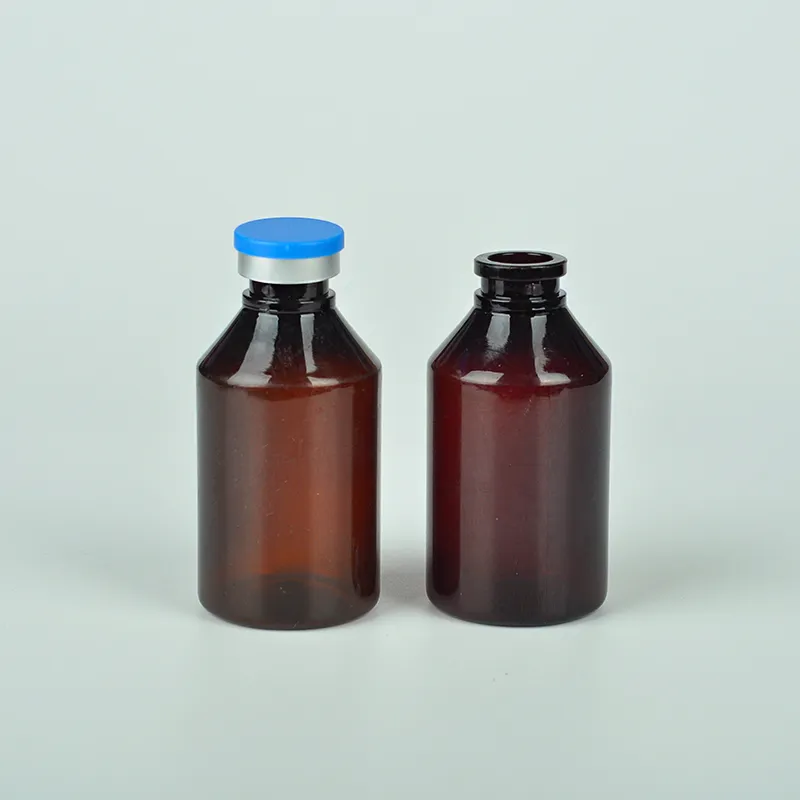https://www.wahmg.com/)">
Sample Tube Types - Comprehensive Guide for Laboratory Use
Sample Tube Types - Comprehensive Guide for Laboratory Use
Understanding Sample Tube Types A Comprehensive Guide
In various fields such as medical diagnostics, laboratory research, and biological studies, sample tubes play a crucial role in handling, storing, and transporting samples. Selecting the appropriate sample tube type is essential for ensuring the integrity and validity of the collected samples. This article explores the different types of sample tubes, their purposes, and considerations for their use.
1. Blood Collection Tubes
Blood collection tubes are specifically designed for obtaining blood samples for various tests. They come in different colors that indicate the additives within the tube. For example, red-topped tubes typically contain no additives and are used for serum tests, while lavender-topped tubes contain EDTA, an anticoagulant, making them suitable for hematological tests. Blue-topped tubes contain sodium citrate, which is used for coagulation studies. It's crucial for healthcare professionals to select the appropriate tube based on the type of test being conducted.
2. Urine Collection Tubes
Urine collection tubes are used to collect urine samples for biochemical, microbiological, or cytological analysis. These tubes often come in sterile or non-sterile options, depending on the testing requirements. Some urine collection tubes may also contain preservatives to stabilize the sample during transport. It's important for users to label the tubes correctly to avoid mix-ups and ensure proper analysis.
3
. Microcentrifuge Tubessample tube types

Microcentrifuge tubes are designed for small-volume samples, commonly used in molecular biology applications such as DNA and RNA extraction. They are typically made from lightweight plastic and can withstand high centrifugal forces. Microcentrifuge tubes usually have a conical bottom that facilitates the easy retrieval of samples. Users should consider the volume capacity when selecting these tubes, as they come in various sizes ranging from 0.5 mL to 2.0 mL.
4. Cryogenic Tubes
For samples requiring long-term storage at extremely low temperatures, cryogenic tubes are the ideal choice. These tubes are made from materials that can withstand freezing without breaking, ensuring the viability of biological samples, such as cells or tissues. They are often used in biobanks and research facilities to preserve valuable samples for future studies. Proper labeling and sealing are critical to prevent contamination and maintain sample integrity.
5. Environmental Sampling Tubes
In environmental studies, sample tubes are used to collect water, soil, or air samples. These tubes must be made from materials that do not react with the substances being sampled. For instance, glass tubes are often preferred for collecting volatile organic compounds, while certain plastics are used for microbiological studies to prevent leaching. The choice of tube material can significantly affect the results of environmental analyses.
Conclusion
Each type of sample tube serves a specific purpose and is tailored to meet the distinct requirements of various testing scenarios. Understanding the functions and appropriate uses of different sample tube types is essential for laboratory professionals, researchers, and healthcare providers. By choosing the right tube, they can ensure sample integrity, improve accuracy, and facilitate reliable test results.
-
Wholesale Plastic Juice Bottles with Caps 16 oz Options Available Bulk Packaging SolutionsNewsJun.10,2025
-
Laboratory Apparatus Reagent Bottle – Durable & Chemical Resistant Bottles for Safe StorageNewsJun.10,2025
-
Squeezable Dropper Bottles Durable, Leak-Proof & CustomizableNewsMay.30,2025
-
Affordable Plastic Petri Plates Sterile & Disposable Lab-GradeNewsMay.30,2025
-
Eye Dropper Caps Precision 24/410 & Plastic Bottle-Compatible TipsNewsMay.30,2025
-
Affordable Mini Spray Bottle Price & Wholesale Deals Shop NowNewsMay.29,2025





















